






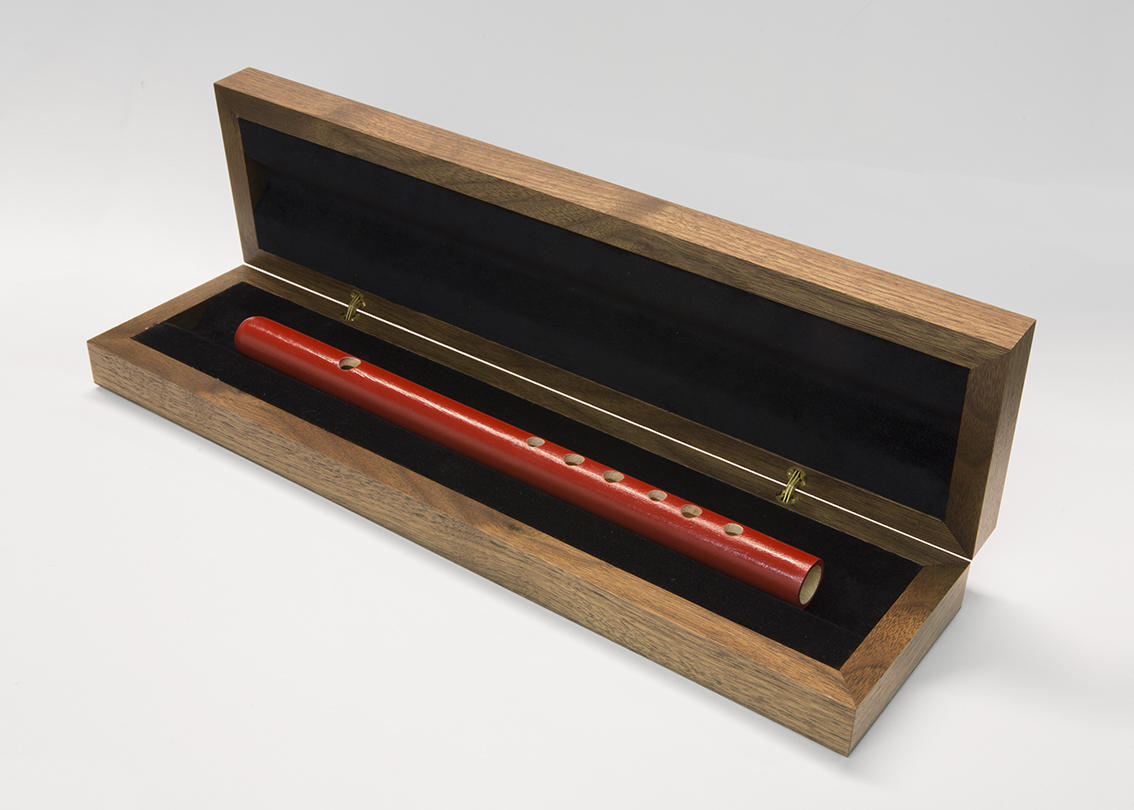

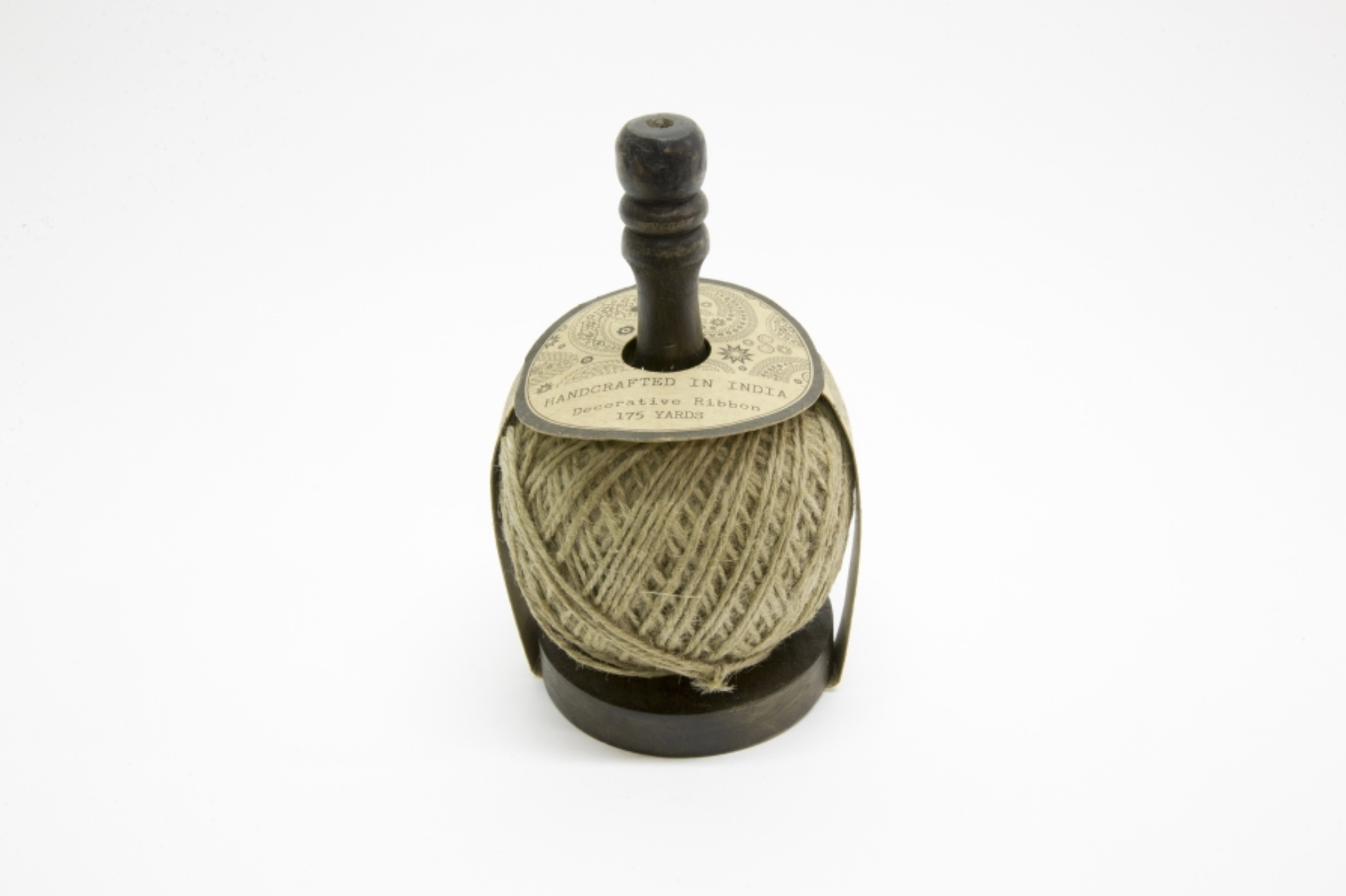
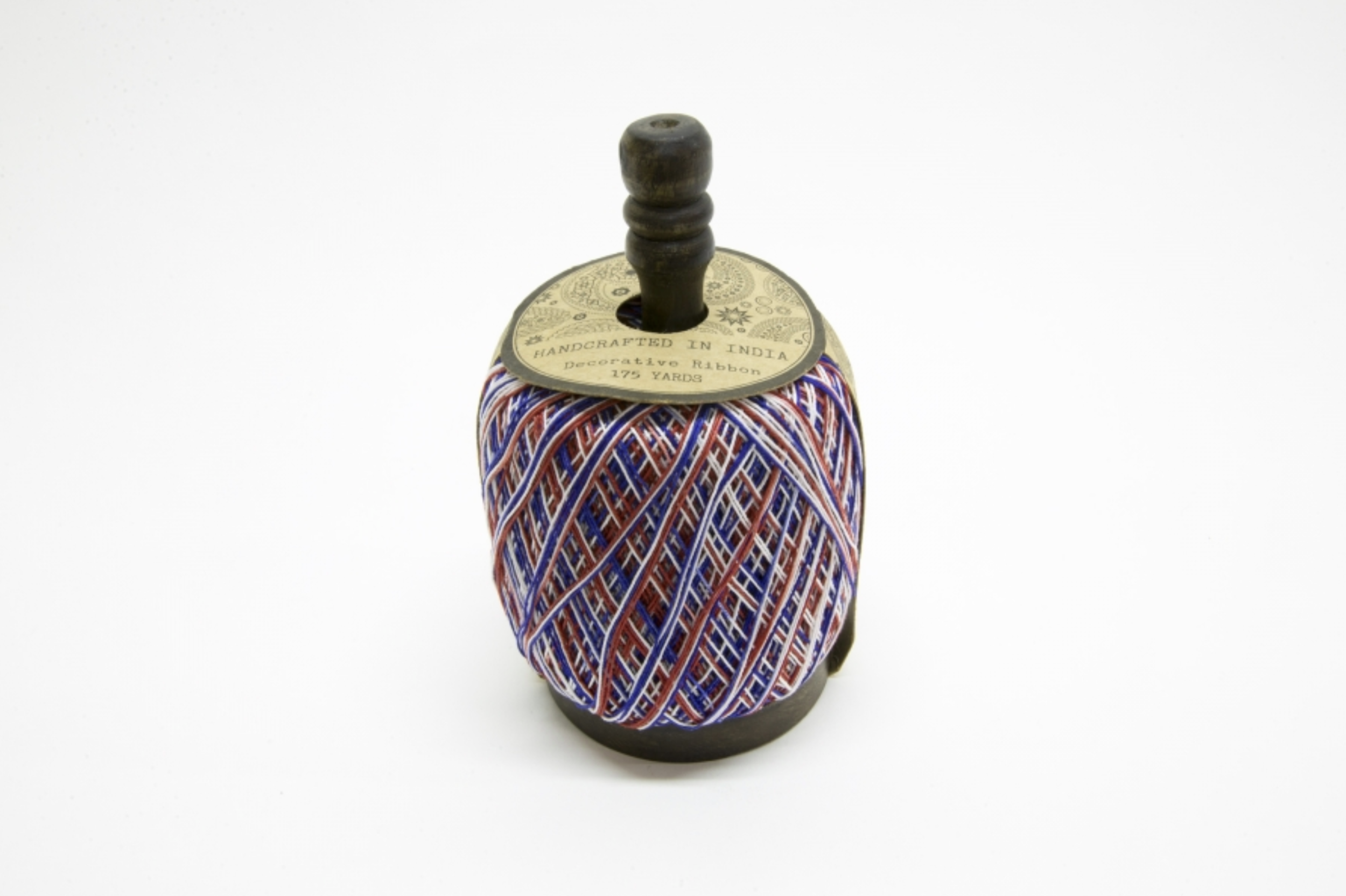
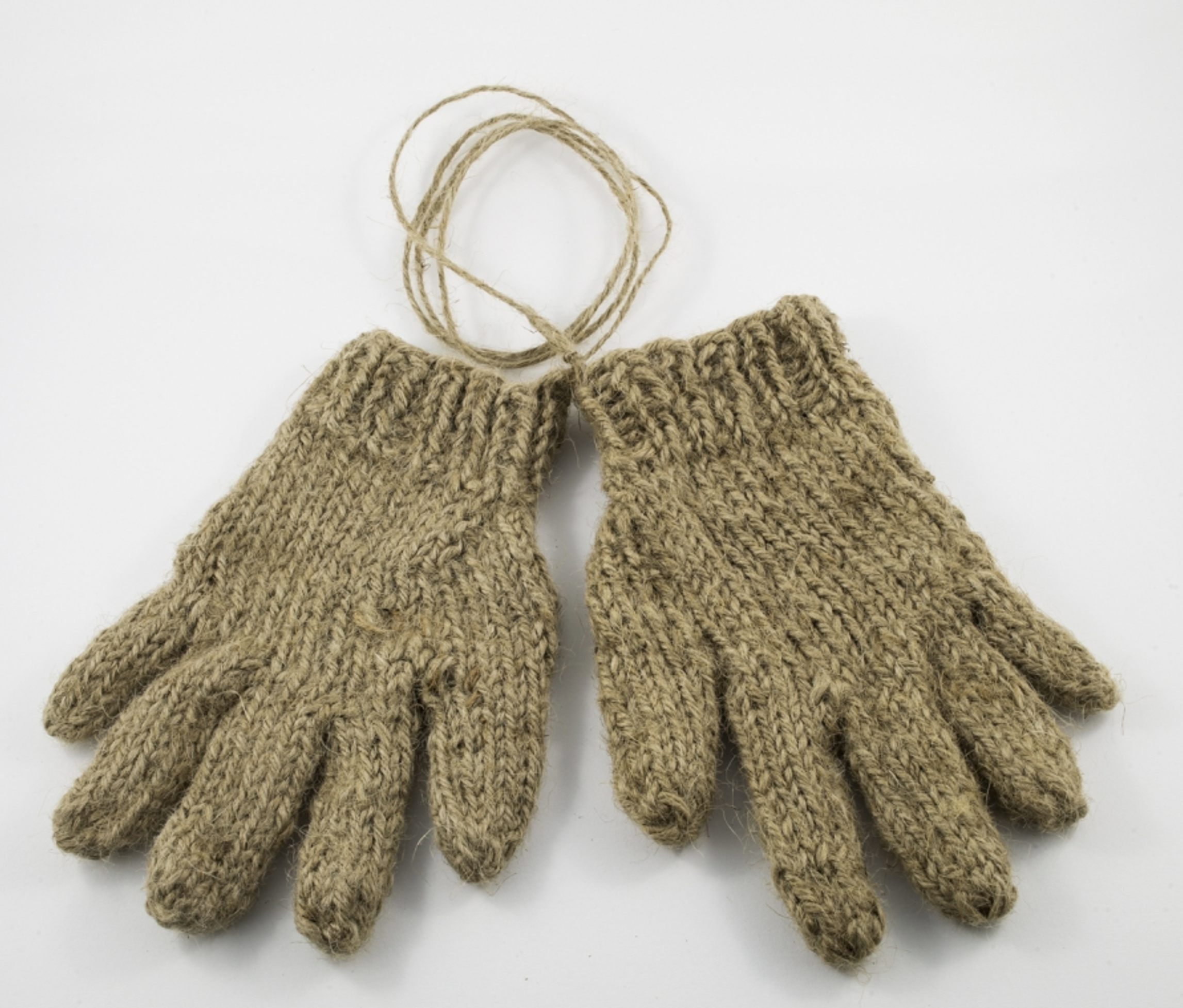






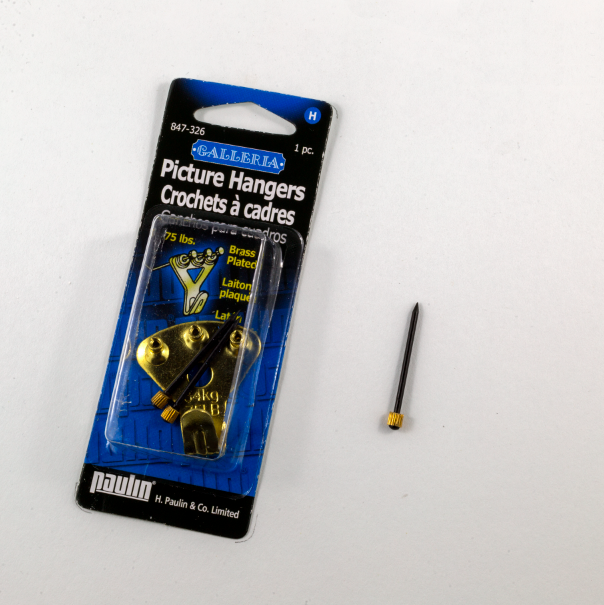


a fair day’s wage for a fair day’s work
2016
Installation view
Courtesy of Edel Assanti, London
An iteration of The Return Project (ongoing since 2012), the artworks in a fair day’s wage for a fair day’s work examine the extraction of surplus value and the erasure of labor in both the art market and capitalism. By subtly altering mass-produced commodities—replacing a cubic zirconia with a diamond, swapping a standard nail for 24K gold—and returning them unnoticed into circulation, the project exposes the contingency of value and the dependence of worth on systems of authentication rather than material transformation.
These interventions engage Marxist critiques of labor and exchange, revealing how value is assigned, withheld, or rendered invisible. By embedding artistic labor within consumer circulation, The Return Project questions: Who profits from surplus labor? How does the market obscure production? If value is constructed, what does that mean for the worker, the artist and the commodity itself?

A $35 silver ring from The Hudson’s Bay Company is subtly transformed: its cubic zirconia is replaced with a $1,200 diamond, engraved “Original Artwork, B.G. 2016,” and returned for a full refund. The intervention vanishes into the commercial system, unnoticed.
This work exposes the arbitrariness of value, authorship, and exchange. A material upgrade should, in theory, elevate worth—yet without recognition, the ring remains indistinguishable from its original state. Value proves fluid, dictated less by material than by context.
A clay token stamped “NO CASH VALUE” remains—a residue of the transaction. Functioning as both proof and detritus, it underscores the paradox of worth: a worthless object made valuable through its association with art.

Diamond Ring (before)
Detail
2016
Inkjet on archival paper
4” x 4”
Photo of the purchased silver ring with cubic zirconia.

Diamond Ring (after)
Detail
2016
Inkjet on archival paper
4” x 4”
Photo of the returned silver ring with diamond and engraved authenticaton.

NO CASH VALUE
Detail
2016
2” diameter
Cubic zirconia pressed into clay leaving the artist’s finger print.

Shepherd and the Witch (with Primitive Accumulation)
2016
Shepherd and the Witch (2016) draws on the symbolic resonances of the shepherd’s crook and the broomstick to explore themes of labor, marginalization, and resilience within capitalist structures. Inspired by Silvia Federici’s Caliban and the Witch, the piece transforms a $5.99 broom into a hybrid object, merging the labor-associated broom with the shepherd’s crook—an emblem of pastoral care and resistance. The removed portion of the broom, carved into a functioning flute, evokes the relationship between art, craft, and survival under systems that commodify labor and suppress dissent. Returning the altered object to its retail origins underscores the broom’s historical roles as both a domestic tool and a symbol of rebellion.

Shepherd and the Witch (with Primitive Accumulation)
2016
Inkjet print on lustre paper, wood, paint, lacquer and velvet
30” x 67” (each prints)
12” x 1” (flute)

Primitive Accumulation
2016
Wood, paint, lacquer and velvet
12” x 1”
The removed section of the broom handle was carved into a functioning flute.

From E.I.C. with Love (with Hessian Glove For a Ten Year Old Boy)
2016
Inkjet print on lustre paper, hessian thread
15” x 10” (each prints)
6” x 4.5” (each glove)
A ball of Hessian thread labeled “HAND-CRAFTED IN INDIA”, purchased from a HomeSense store and unraveled, its fibers replaced with a tri-colored yarn—red, white and blue. The original fiber was then used to knit a pair of gloves sized for a ten-year-old boy, evoking the entanglement of British colonial expansion and child labor as a consequence of imperial control. The material itself carries a layered history: Hessian fiber, named after the German state of Hesse, shares its origins with the Hessian mercenaries who served the British Empire, reinforcing the ways in which military and economic forces intertwined to sustain colonial rule.
Referencing the East India Company as an early engine of colonial capitalism, the work reflects on the extraction of both material and labor in the service of empire. The transformation of raw fiber into a finished garment underscores the imposed roles dictated by imperial economies, revealing how systems of control were woven into the very fabric of production. Through unraveling, replacing and repurposing, the work calls attention to the ways in which colonial legacies persist, embedding histories of exploitation within objects of everyday use.

Arm (with In Advance of the Broken Head)
2016
Inkjet print on lustre paper, steel, leather and rubber
22” x 68” (each print)
21” x 5.5” x 1” (slingshot)
ARM (with In Advance of the Broken Head) (2016) interrogates the slippage between utility, violence, and economic circulation. A standard Home Depot shovel, an object of labor and productivity, is photographed in its original state and again after modification—its “Y”-shaped handle severed and replaced with a baseball bat grip, subtly shifting its associations toward force and impact. The displaced handle, repurposed into a makeshift slingshot and titled In Advance of the Broken Head, references rudimentary weapons of resistance, reinforcing the tension between improvised defense and systemic power. By modifying, signing, and returning the shovel for a full refund, the work reintegrates it into its commercial cycle, exposing the instability of value, authorship, and function. In collapsing distinctions between tool and weapon, commodity and intervention, ARM subverts systems of labor, commerce, and control, turning the return policy into an extension of the work itself.

Martyrs (with Taste of Cherry) (before)
2016
Paper and wood
Dimensions variable
A bird poster purchased from IKEA was transformed through a series of interventions. After cutting out each bird, the original poster was photographed. On a same-sized sheet of paper, various species of pigeon—a bird symbolically tied to labor—were illustrated and colored. The newly hand-illustrated poster was signed, authenticated, and returned to IKEA for a full refund, re-entering the commercial environment. The cut-out birds were mounted on tree branches and displayed either on the ground or suspended off walls, juxtaposing the labor-associated pigeon with the original depictions in a gesture that challenges the commodification of nature within consumer culture.

The Philosopher's Stone (with Trouble in Paradise: From the end of history to the end of capitalism, ISBN 978-0-141-97955-7)
2016
Inkjet print on lustre paper
12” x 16” (each prints)
Trouble in Paradise by Slavoj Žižek serves as the medium for this intervention, exposing the contradictions of critique within consumer capitalism. After reading the book, Žižek’s name on the cover—originally textured like white chalk—was traced with white glue and dusted with cocaine, amplifying the uneasy relationship between radical thought and cultural spectacle. The altered cover was then authenticated in matching font and size before being returned to Chapters, reabsorbed seamlessly into its original marketplace.
By modifying and reintroducing the book, the work highlights how dissent—even when sharp and disruptive—remains susceptible to market forces, packaged, sold, and re-consumed within the very system it critiques. Rather than standing outside capitalism, critique itself becomes a commodity, reinforcing the impossibility of a true “outside.” The intervention mirrors Žižek’s argument: capitalism not only survives its own crisis but thrives on it, feeding on its own critique as fuel for continued dominance.

Gold Standard (with The Burden of Carrying the Weight)
2016
Inkjet print on lustre paper and steel
15.5” x 38” (frame)
1.5” x 1/8” (nail)
A standard gallery hook, purchased from a hardware store, is subtly altered: one of its three nails is replaced with a 24K gold replica—a material of high value yet functionally weak. The modified item is repackaged, authenticated, and discreetly returned to circulation, its transformation unnoticed. Meanwhile, the displaced original nail is used to mount a frame displaying process images of the intervention, emphasizing the act of substitution.
This work exposes the fragility of assigned value, revealing how worth is dictated by context rather than function. The gold nail, traditionally a symbol of wealth and permanence, proves too soft for practical use, collapsing the distinction between material value and utility. By embedding a precious yet ineffective element into a mass-produced object, the piece disrupts the expectations of both commodity and art, questioning whether value is intrinsic or constructed, symbolic or material, enduring or illusory. Slipping back into the commercial system unnoticed, the altered hook challenges the mechanics of exchange, authenticity, and recognition, asking: how is worth determined, and by whom?

Gold Standard (after)
2016
Inkjet print on lustre paper
Nail replicated in 24k gold and placed in the pacakge
